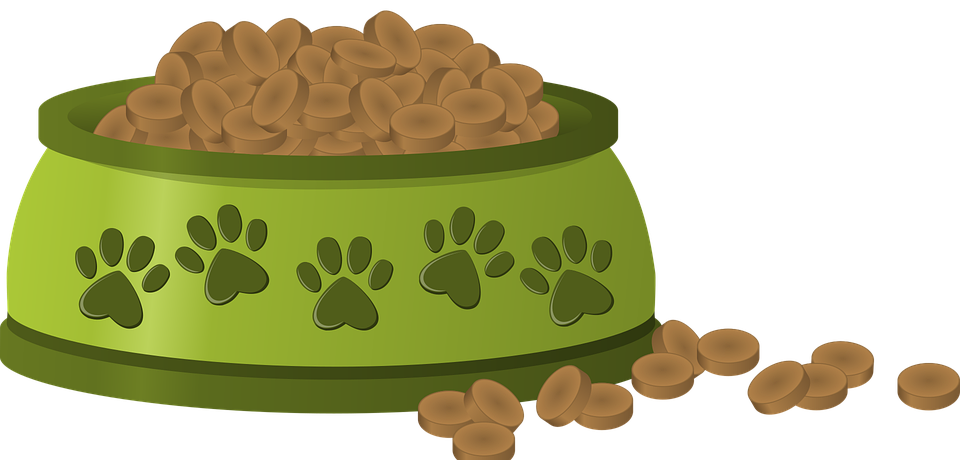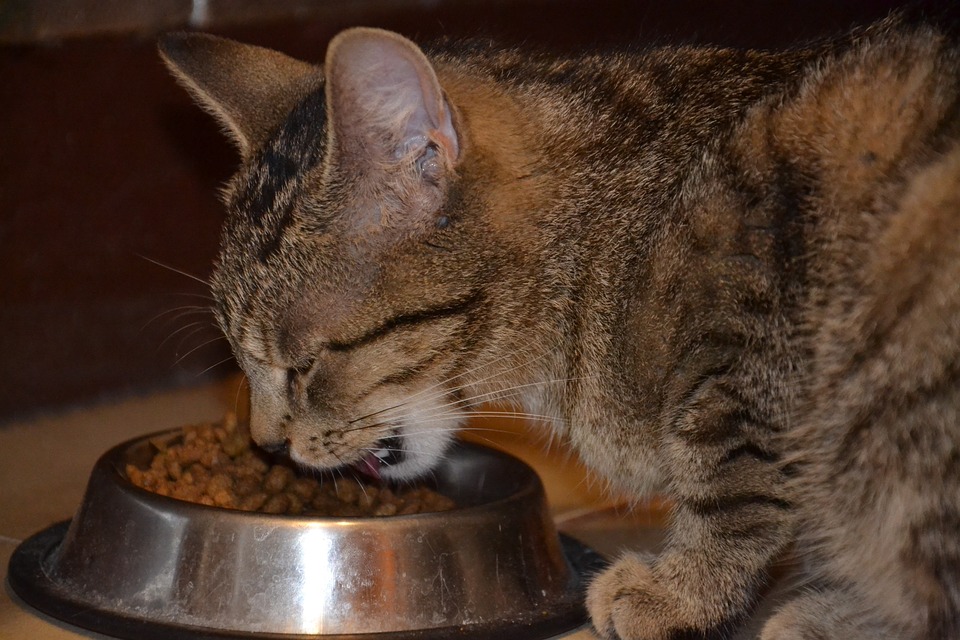This article dives deep into the world of cat-friendly foods, exploring which human foods are safe for your feline companion and which should be avoided. We'll uncover a range of culinary options that can enrich your cat's diet while ensuring their well-being, from delectable fruits and vegetables to surprising protein sources.
Part 1: Understanding Feline Dietary Needs

1.1 The Importance of a Balanced Diet
A balanced diet is the cornerstone of your cat's health and vitality. While commercial cat food formulated to meet their specific nutritional requirements is essential, incorporating select human foods can add variety and flavour to their meals.
1.2 Essential Nutrients for Cats
Cats require specific nutrients for optimal health. These include:
- Protein: The primary building block for muscle, skin, and fur. Cats are obligate carnivores, meaning they require animal-based protein for essential amino acids.
- Fat: Provides energy and essential fatty acids for healthy skin and coat. Omega-3 and Omega-6 fatty acids found in fish oil are particularly beneficial.
- Carbohydrates: Supply energy for activity, but should be limited compared to protein and fat.
- Vitamins: Crucial for various bodily functions, including vision, immunity, and bone health. Vitamin A, D, E, and K are essential.
- Minerals: Support bone health, muscle function, and overall metabolism. Calcium, phosphorus, magnesium, and potassium are vital.
1.3 The Risks of Feeding Unhealthy Human Foods
While some human foods are safe and beneficial for cats, others can pose significant health risks. These include:
- Obesity: High-calorie and fatty foods can lead to weight gain, increasing the risk of diabetes, joint problems, and heart disease.
- Diabetes: Excess sugar can contribute to diabetes, particularly in predisposed cats.
- Pancreatitis: High-fat meals can trigger inflammation of the pancreas, causing severe pain and potentially life-threatening complications.
- Toxicity: Certain foods contain substances that are toxic to cats, such as onions, garlic, and chocolate.
- Nutritional Imbalances: Feeding inappropriate human foods can lead to deficiencies or excesses of essential nutrients.
Part 2: Safe Human Foods for Cats

2.1 Fruits
- Berries: Blueberries, raspberries, and strawberries are excellent sources of antioxidants and fibre. However, avoid grapes and raisins, which are toxic to cats.
- Melon: Watermelon and cantaloupe are hydrating and refreshing treats, but only offer small pieces. Ensure the rind and seeds are removed, as they can be a choking hazard.
- Banana: A good source of potassium, but only offer in moderation due to high sugar content.
2.2 Vegetables
- Green Leafy Vegetables: Spinach, kale, and broccoli are rich in vitamins and minerals. Offer them cooked or steamed, as raw leafy greens can be difficult to digest.
- Carrots: Excellent source of vitamin A, good for eyesight. Offer them cooked or shredded for easier consumption.
- Peas: Provide protein and fibre. Cooked peas are easier to digest for cats.
- Sweet Potatoes: A healthy source of vitamin C and beta-carotene. Offer cooked and mashed sweet potato as a treat.
2.3 Protein Sources
- Cooked Chicken, Turkey, and Fish: Excellent protein sources, but ensure they are fully cooked and free of bones. Fish bones are particularly dangerous as they can splinter and cause internal injuries.
- Eggs: A good source of protein and other nutrients, cooked and served plain. Offer boiled eggs without the shell, or scrambled eggs without any added ingredients.
- Plain Yogurt: Provides calcium and probiotics, but choose unsweetened and low-fat varieties. Offer small amounts, as some cats may have difficulty digesting lactose.
2.4 Grains and Starches
- Cooked Rice and Oatmeal: Easily digestible sources of carbohydrates. Offer plain, cooked rice or oatmeal without added salt, sugar, or butter.
- Cooked Pasta: A safe option in moderation. Cooked pasta should be plain and without any added sauces or toppings.
Part 3: Foods to Avoid
3.1 Toxic Foods
- Chocolate: Contains theobromine, a substance that is toxic to cats, causing vomiting, diarrhoea, hyperactivity, and even death. Even small amounts can be dangerous, so keep chocolate out of reach of your feline friend.
- Onions and Garlic: These contain compounds that can damage red blood cells, leading to anaemia. Avoid giving cats any form of onion or garlic, including powders, granules, or cooked dishes.
- Grapes and Raisins: Can cause kidney failure in cats. Even a few grapes or raisins can be lethal, so avoid giving them to your cat.
- Avocado: Contains persin, which is toxic to cats, causing vomiting, diarrhoea, and respiratory problems. Keep avocados away from your cat at all times.
- Macadamia Nuts: Can cause weakness, tremors, vomiting, and hyperthermia in cats. Avoid giving macadamia nuts to your cat, and be careful of products containing these nuts.
- Alcohol: Toxic to cats, even small amounts. Alcohol can cause liver damage, respiratory problems, and even coma.
- Caffeine: Found in coffee, tea, and chocolate, can cause restlessness, hyperactivity, and heart problems in cats. Keep caffeinated beverages out of reach of your cat.
- Xylitol: A sugar substitute found in some foods and medications, can be fatal to cats, causing liver failure and death. Avoid giving your cat anything containing xylitol.
3.2 Foods to Avoid Due to Digestive Issues
- Fatty Foods: Can cause pancreatitis and obesity. Limit fatty meats like bacon, sausage, and fried foods.
- Dairy Products (except plain yogurt): Many cats are lactose intolerant. Dairy products can cause digestive upset, diarrhoea, and vomiting.
- Raw Meat and Fish: Can contain harmful bacteria, such as Salmonella and E. coli. Always cook meat and fish thoroughly to eliminate these risks.
3.3 Foods to Avoid Due to Choking Hazards
- Bones: Can splinter and cause internal injuries. Avoid giving cats cooked or raw bones, as they can be a choking hazard and lead to internal injuries.
- Grains: Can be difficult to digest and cause choking. While cooked grains are generally safe in moderation, avoid large amounts, especially for kittens.
- Small Pieces of Food: Can be a choking hazard for kittens. Cut food into appropriate sizes for your cat, and supervise them while eating to prevent choking.
Part 4: How to Introduce New Foods Safely
4.1 Gradual Introduction
Introduce new foods gradually, starting with small amounts and monitoring your cat's reaction. Offer a small piece of the new food alongside their regular meal.
4.2 Observe for Signs of Sensitivity
Watch for signs of digestive upset, such as vomiting, diarrhoea, or lethargy. If you notice any of these symptoms, discontinue the new food and consult your veterinarian.
4.3 Consult Your Veterinarian
If your cat exhibits any adverse reactions to new foods, consult your veterinarian. They can help determine the cause of the reaction and suggest alternative options.
Part 5: Dietary Considerations for Specific Cat Breeds
5.1 Persian Cats
Persian cats are prone to hairballs due to their long coats. Feeding them foods high in fibre can help promote digestion and reduce hairball formation.
5.2 Maine Coon Cats
Maine Coon cats are known for their large size and active lifestyle. Providing a diet rich in protein and calories is crucial to support their growth and energy levels.
5.3 Siamese Cats
Siamese cats are known for their active personalities and lean bodies. A diet high in energy and protein is suitable for their high activity levels.
Part 6: Nutritional Supplements
6.1 Cat-Specific Supplements
Cat-specific supplements can be beneficial to address specific dietary needs, such as joint health, hairball control, or immune support.
6.2 Consult Your Veterinarian
Always consult your veterinarian before giving your cat any supplements. They can recommend appropriate supplements based on your cat's individual needs and health status.
Part 7: Feeding Frequency and Portions
7.1 Kitten Feeding
Kittens require frequent meals and a high-protein diet for growth and development. Feeding kittens multiple small meals throughout the day is crucial for their rapid growth.
7.2 Adult Cat Feeding
Adult cats typically require one to two meals per day, depending on their activity level and metabolism.
7.3 Senior Cat Feeding
Senior cats may need smaller meals more frequently as their metabolism slows down.
Part 8: FAQs
8.1 Can I give my cat milk?
While milk might seem tempting, many cats are lactose intolerant. Cow's milk can cause digestive upset, leading to diarrhoea and vomiting. If you wish to offer dairy, choose plain, unsweetened yogurt in moderation.
8.2 Is it safe to give my cat table scraps?
Table scraps can be risky, as they often contain unhealthy ingredients like salt, sugar, and fat. It's best to stick to a balanced diet of commercial cat food and approved human foods.
8.3 Can I give my cat raw meat?
Feeding raw meat can expose your cat to harmful bacteria. Cooked meat is safer and easier to digest.
8.4 How much human food should I give my cat?
Human foods should be offered in moderation, representing a small portion of their overall diet. Ensure that the majority of their daily intake comes from a balanced cat food.
8.5 My cat won't eat the human food I offer. What should I do?
Some cats are naturally picky eaters. Introduce new foods gradually and try different flavours and textures. If your cat remains uninterested, don't force them to eat it.
8.6 Can I give my cat treats?
Treats are fine in moderation, but choose healthy options made for cats. Avoid sugary or high-fat treats, as these can contribute to obesity and other health problems.
Everyone is watching

Are Cat Ribs Flexible? Understanding Their Anatomy
CATS & KITTENSThis article delves into the fascinating world of feline anatomy, exploring the flexibility of cat ribs and ho...

Can Cats Eat Bananas? (Everything You Need to Know)
CATS & KITTENSThis article dives into the intriguing question of whether cats can safely enjoy the sweet, yellow fruit, bana...

Cat Lifespan: How Long Do Cats Live?
CATS & KITTENSThis comprehensive guide explores the factors influencing the lifespan of our feline companions, providing ins...

Can Cats Get COVID-19? What You Need to Know
CATS & KITTENSThis article will delve into the fascinating world of feline COVID-19 susceptibility. We'll explore whether ca...

Can Cats Eat Eggs? A Complete Guide to Egg Safety for Your Feline Friend
CATS & KITTENSWhen it comes to treating our furry companions, we all want to ensure we're doing what's best for them. Eggs...
